Jovel Queirolo
Managing Editor
Feng Wong starts his morning with breakfast at home before bussing 40 minutes from the Sunset to Chinatown to shop for bargain fresh fruit and vegetables, digging through the piles of bok choy and Chinese broccoli for the best bunches at a few stands on Stockton Street. Once his cart is filled with ingredients for his dinner, he heads to a bun shop for a pork bun or a deli for some barbequed meats.
Chinatown is a center of Chinese food and culture — home to family organizations dating back to the 1960s when a large wave of Chinese immigrants came to the United States to escape political turmoil. While the neighborhood continues to receive newer immigrants and maintains character in its sights, smells and sounds, suburban flight has left the neighborhood relatively poor, decrepit in many parts, with a large elderly population concerned with the decline of Chinese youth awareness of their tradition and heritage.
“I never see many kids coming here to help out their parents with their business and all those traditions,” said Wong in Cantonese. “I don’t know what happened. My generation taught our kids all those traditions and their kids don’t speak our language, they don’t pour the tea, they can’t even eat meat or fish with bones in it.”
Chinatown has 100,574 residents, according to the 2000 United States census —which accounts for two-thirds of the overall ethnic Chinese population in San Francisco. It is also one of the poorer to more middle class sections of the city, with neighborhood median household incomes averaging out at $42,153, drastically lower than the citywide average income of $73,798.
“I moved here years ago, and have worked around in different jobs,” said Wong. “It has definitely become more dirty. And even though people are moving out like I did to other places in the city, if Chinatown is bad, then it hurts all the Chinese people in San Francisco.”
Wong is referring to other unofficial Chinatowns in the Richmond and Sunset neighborhoods that have been established within the city due to overcrowding, poverty and gang violence.
“I don’t really go to Chinatown anymore because its dangerous and so crowded, but I used to when I was a kid,” said senior Daisy Chung, whose parents were both born in Canton, China. “All the shops sell the same thing and you can get a lot of it at other places around the city like Clement Street. What keeps people going back to Chinatown are the prices and the rare ingredients.”
With a few Chinese language schools in Chinatown and scattered around the city, young Chinese Americans in San Francisco are often brought up speaking Chinese. Cantonese is the predominant dialect in Chinatown itself, but Chinese schools and some families teach Mandarin — the predominant dialect in China. More obscure dialects like Shanghainese are occasionally picked up by a trained ear.
Even with Chinese schools and speaking at home, Chinese American teens are slowly being Americanized in values and the English language, according to Chung.
“I’m half Chinese, but I don’t speak at home at all even though I spoke a little when I was young,” said senior Katherine Mibelli. “And sometimes we go to Chinatown to eat and buy Chinese DVDs from the stores there, but lately I’ve seen some chains and non-Chinese restaurants and shops opening up. It’s almost like the Chinese are being pushed out.”
Organizations in Chinatown are working to preserve culture with social work and educational programs. The Chinatown Community Development Center (CCDC) sustains several youth-run, youth-led programs that are sustained by young high school leaders from all over San Francisco who, despite not living in the neighborhood, come back to Chinatown and call it their community.
“Through the CCDC, many of our youth are engaged in not only community service, but also run their own programs such as leading tours of the neighborhood that project their perspectives and experiences growing up, and about community issues and who are very much concerned and active with neighborhood preservation,” said Angelina Yu, Senior Community Organizer for the CCDC.
For elderly Chinese, who culturally deserve respect and honor as elders, a decline in youth awareness of their own culture is cause for concern.
“My son and my daughter went back to China and they send me money,” said Mei Lee, 76, in Cantonese. “I can still take the bus, but I don’t know who will take care of me when I cannot walk anymore. We have many family values, like caring for elders but my friends’ children and their grandchildren are losing it.”

Lee, a retired clothing maker, shops in Chinatown every other day to buy fresh fish, meats, other produce, special fungus and herbs for soups, and to have dim sum with her friends.
“The prices are good and there are special things I can get at some shops,” said Lee. “But the young people are so disrespectful and there are tourists everywhere. It’s not good. I don’t know how they will keep the culture if the kids can’t even speak Chinese.”
A few young community leaders like senior Harriet Hu are working to preserve the authenticity of Chinatown now and in the future.
“I’m full Chinese American, and am living with my parents and grandparents,” said Hu, who attends Washington High School. “I actually do spend a lot of time with my grandparents whenever I can, just conversing and eating with them. I don’t live in Chinatown, but I always return for Chinese school, groceries shopping, and Adopt-An-Alleyway Youth Empowerment Project (AAA).”
Hu and the AAA, a branch of the CCDC, focus on environmental issues such as alleyway cleanups, graffiti removals and tenant services for low-income seniors part of efforts to “bridge the generation gap,” according to Hu.
Last spring, the AAA wrote a letter to keep a 7-Eleven from out of Chinatown, something he says would have a very detrimental effect Chinatown’s family owned businesses.
“I’ll definitely be returning to help the youth and the community,” said Hu. “I’m passionate about housing issues within the community. It’s amazing to be able to have two homes — one where I actually live and one in Chinatown.”



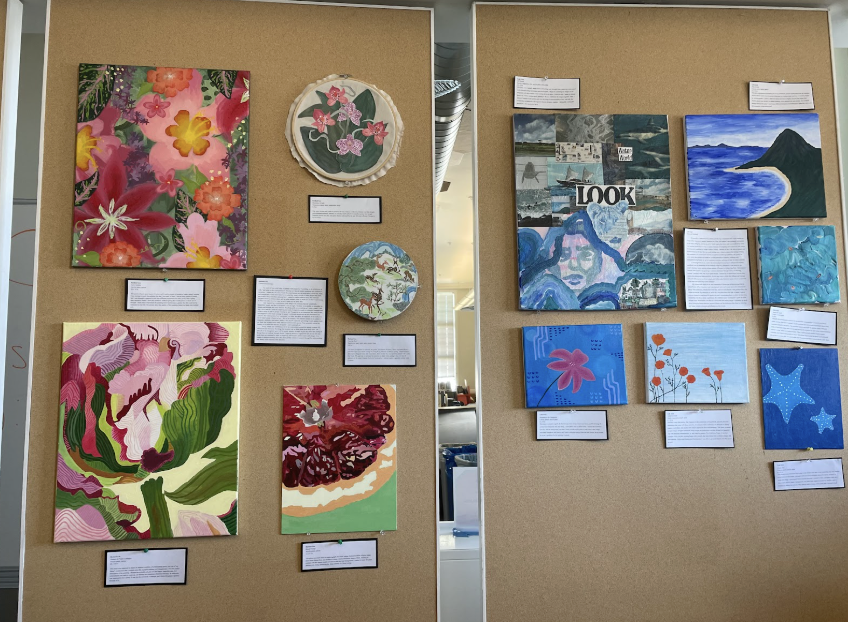

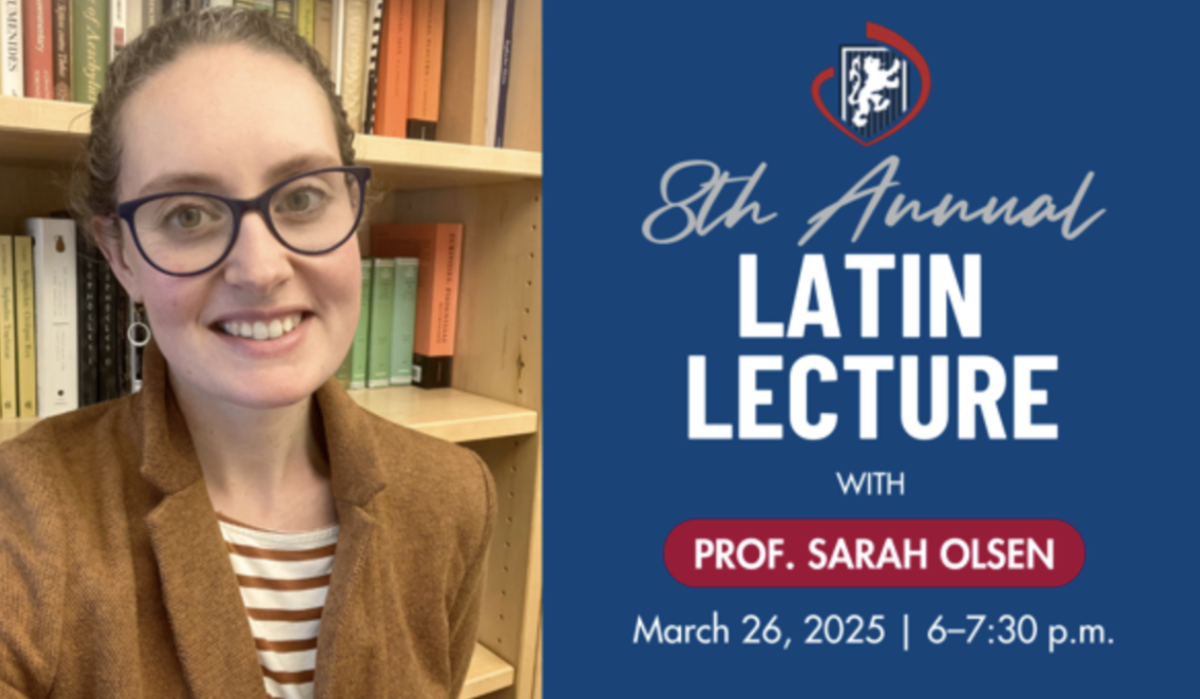
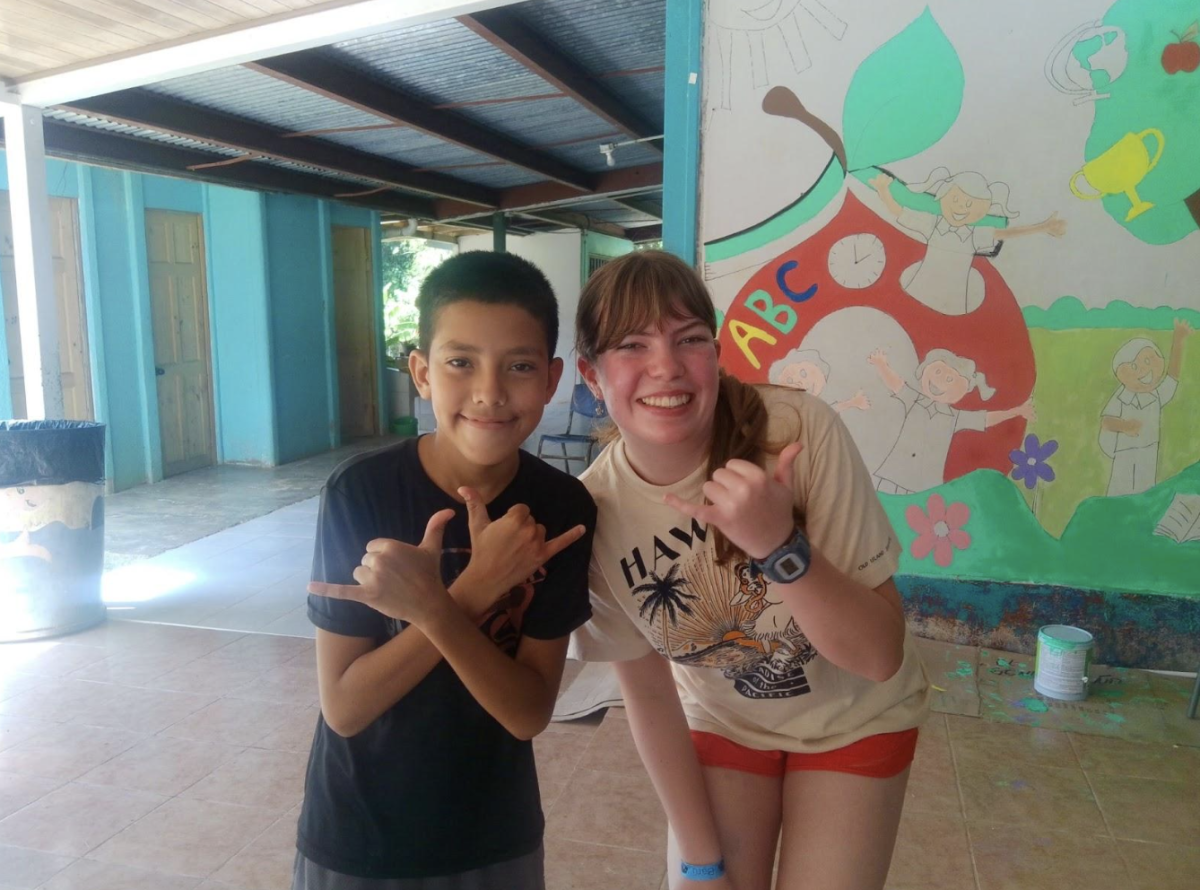






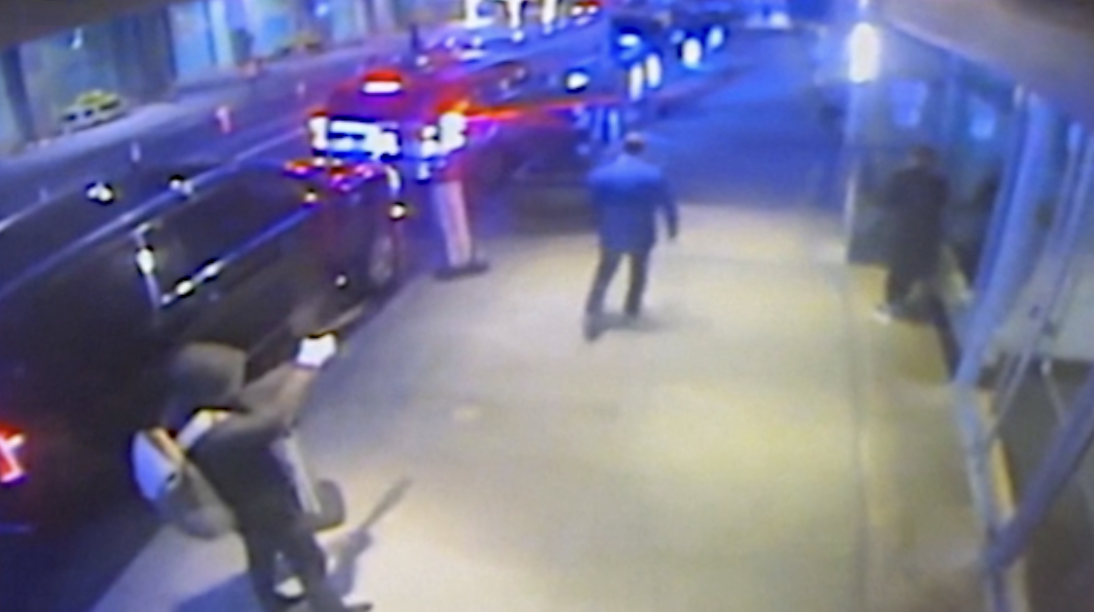
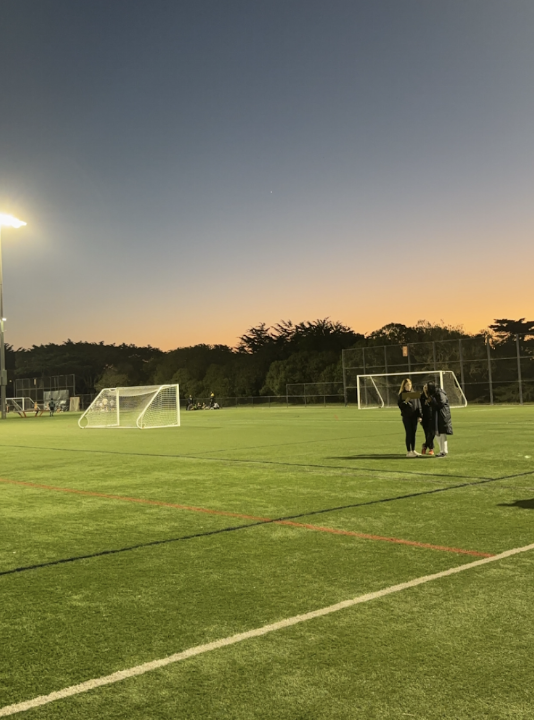
Megan Mok • Jul 18, 2011 at 7:29 pm
An important point for CORRECTION: Chinatown is much, much older than the misleading date 1960 posted in this article. According to the book from the Chinese Historical Society of America, ‘Images of America — San Francisco’s Chinatown’, authored by Judy Yung, “Chinatown dates back to the 1850s, when 30,000 Chincese from Guangdong Province came for the California gold rush…and {stayed} to build the railorads…and {work} in agriculture and manufacturing.” “By 1882, when Congress passed the Chinese Exclusion Act, prohibiting the further immigration of Chincese laborers to this country, Chinatown had grown to 15,000 people, occupying the 12-block area that remains its core today.” Chinatown is extremely old and has evolved in its demographic mix over time, as each new successive wave of immigrants from various regions of China replaces the last one.
The translation of some of the Cantonese quotes to English is poor, and borderline in stereotype. For someone whose primary language is Cantonese and was responding to your questions in Cantonese, I would have found the Cantonese-to-English translation offensive. I am sure that the Cantonese was not spoken in a ‘broken way’ as its English counterpart (translation). What was the author thinking of. If I were quoted this way, I would have found the article offensive and downright patronizing.